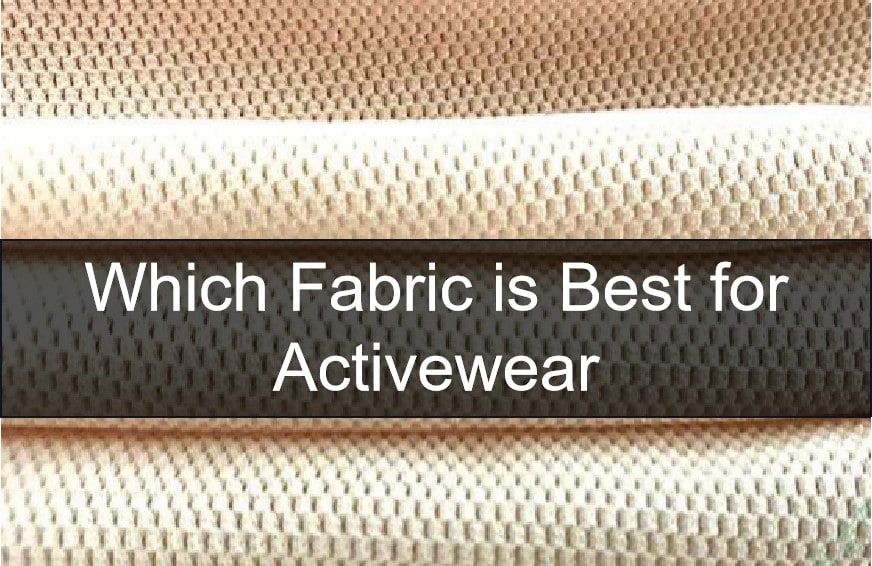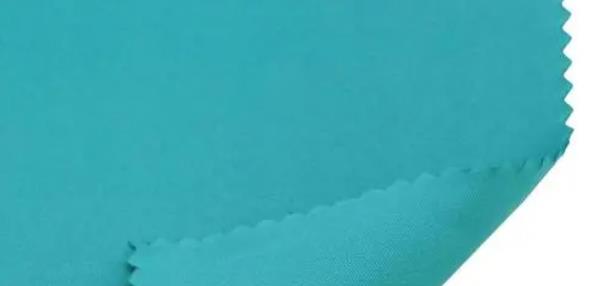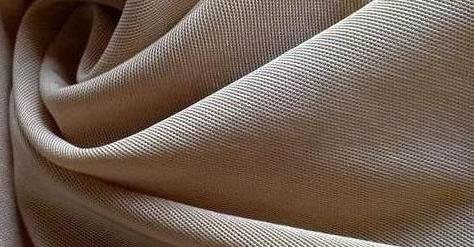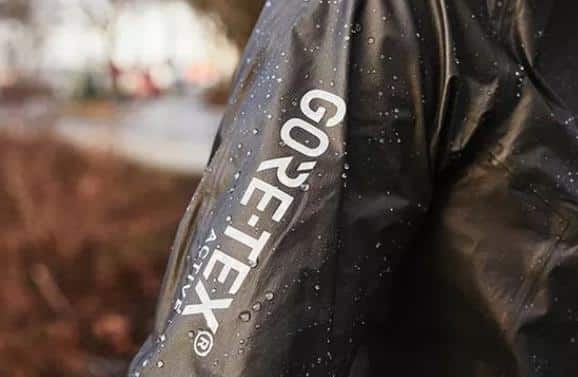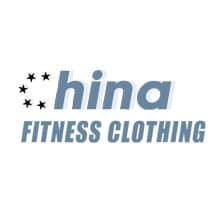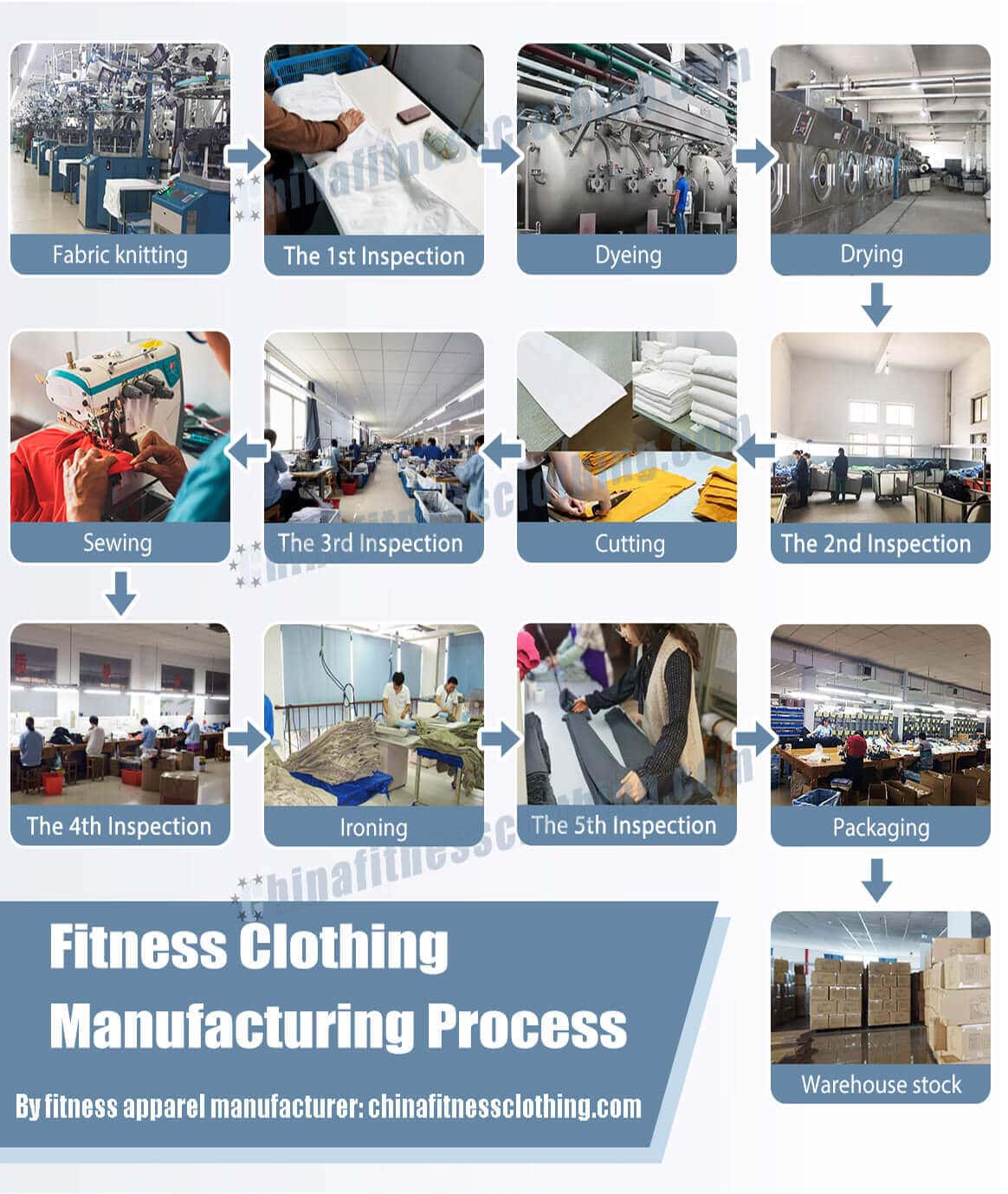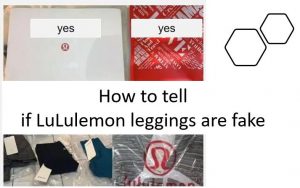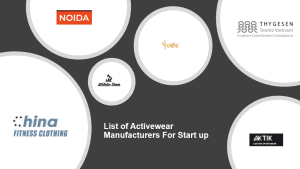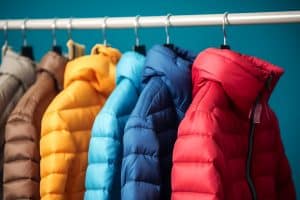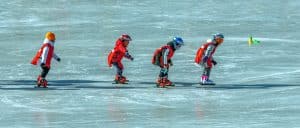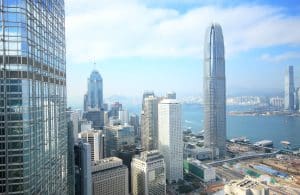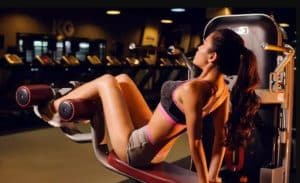As a wholesaler, what do you think of when considering starting your own cloth line for activewear. Fabric is acknowledged as very important by most people when customizing clothing for whatever use. So which fabric is best for activewear is what we gonna talk about, because the look and feel of the product can produce wildly different results.
The following benefits are owned by high-performing activewear:
Attractive design – In this era of sporty branding, material presentation in appearance and aesthetics is a huge consideration. It is also a test for the manufacturer, who, for example, has to make sure that the stitches are firm when choosing materials for embroidery and that the prints are solid and do not peel off when choosing materials for printing designs.
Fit and Comfortable — Imagine wearing a well-designed piece of activewear that doesn’t fit your exercise needs. Would you wear it to exercise? I think the answer for most people is no. Uncomfortable sportswear can distract you and affect your performance. Comfortable as well as stretchable activewear ensures full mobility during strenuous activity.
Weight and Durability — Functional activewear must be durable because materials can withstand a lot of stress during sports and physical activities. The weight of your clothes is also very important, as, in many sports, every ounce you wear unnecessarily robs you of energy and worsens performance and results.
Good sweat absorption——Breathability is another Activewear concern and is found in most active Wear. In order to transfer moisture, such as sweat, from the body to the outside of the material without problems. This is why activewear is important for exercise. Otherwise, people can quickly get too hot or cold after a lot of exercises, and clothes can no longer breathe. This can lead to muscle strain and cramping.
The quantity of sweat can reach 2 liters per hour if the amount of workout is large well as the temperature level is high, during a strenuous workout. The faster the sweat is gotten rid of, the extra comfy the body will be. That’s why apparel with good dehumidification and dampness absorption properties stands out.
Good stretchability: The elasticity of various clothing materials is different, activewear made by woven cotton or linen activewear is less stretchable. activewear made of wool, silk, viscose, nylon, and polyester has more flexibility and is suitable for normal or moderate exercise.
Weatherproof protection – This has become a more important feature with the advent of waterproof and windproof materials. It also satisfies the majority of skiers and mountaineers.
Activewear that owns the above benefits can’t be talked about without fabric.
So which fabric is best for activewear:
Cotton
There’s an old belief that prevailed among the public that this is a material that does not sweat-absorbing, thus they are listed out from the option for activewear.
But, due to its better performance in managing odor as well as its breathability, cotton, is not exclusive to activewear material. Though, it still lags behind when it comes to quick sweat absorption.
Calico
Calico is a subtype of cotton. It is an unprocessed version of cotton that is equally soft. The production of Calico is stopped before the cotton is completely refined.
This material is highly absorbent, which makes it a good choice for activewear clothing.
The advantage of Calico is it’s cheap and environment-friendly, the disadvantage is it must be dyed in a later period of the product as it stays un-dyed and raw.
Microfiber
Microfiber is a kind of man-made fiber with a small amount of fine tiny thread fibers with a linear density of not more than one denier. The fabric is usually light, elastic, with characteristics of good anti-wrinkle ability, not easy to blister.
It is not naturally occurring, but man-made. A fabric of blended polyester and polyamide. Microfiber is hence, expensive material and is often used in branded activewear, towels, and tracksuits.
Microfiber fabric made of clothing, usually close to the skin, can highlight the outline of the human body, as well as be highly absorbent and non-abrasive in nature.
Spandex
Spandex, commonly known as Lycra, is a kind of elastic fiber, invented by DuPont company in 1959. It is highly elastic, with a stretch of up to 500% and resilience, stronger and more durable than rubber. When it first appeared, it revolutionized many areas of the clothing industry.
Spandex is used to a lesser extent in general clothing. In North America, it is seldom used in men’s clothes, but more used in women’s clothes. Because women’s clothes are required to be more close-fitting. It will be combined use with a large number of other fibers such as cotton, polyester so as to reduce luster to a minimum degree. The drawback of this fabric is that it’s difficult to embroider on as the material does not hold stitch designs well. So you will find most of the apparel use printing.
Polyester
Polyester is a common type of material used in sportswear. Also, it is a fabric that is liked by most custom fitness apparel manufacturers because of its characteristics of light-weight, wrinkle-free, long-lasting, breathable as well as insulating. Though it is non-absorbent in nature, it is also blended with other fabrics to make activewear.
We can’t deny its high strength and durability and its relatively cheap cost in comparison to other materials.
Nylon
Nylon is a material that permits great air to get to the skin and additionally wicks sweat from your skin to the fabric’s surface area, where it can vaporize safely– leaving you comfy as well as temperature level managed.
The first commercially viable synthetic fiber was famously used to make women’s stockings.
Nylon stockings caused a sensation when they went on sale on October 24, 1939, and were hotly snapped up as a rarity. Many lower-class women could not buy silk stockings, so they had to draw lines on their legs with a pen and pretend to be silk stockings. People praised the fiber with phrases like “fine as spider silk, strong as wire, beautiful as silk,” and by May 1940, nylon fabrics were being sold all over the United States.
The synthesis of nylon laid the foundation of the synthetic fiber industry, and the appearance of nylon changed the appearance of textiles. And now it is used widely across sportswear manufacturing because of its stretchy, quick-drying.
Bamboo fiber
If you are an environmental friend. You must know bamboo fiber. It is a cellulose fiber extracted from naturally occurring bamboo. bamboo fiber has good air permeability, instantaneous water absorption, strong bamboo fiber pure yarn count up to 60 Nm.
Bamboo fabric is very breathable, as well as it’s also stretchier than cotton. It’s easy to weave this textile right into various other textiles with high thread matters, and the resulting garments are usually thinner than their cotton counterparts while staying similar or greater in malleability.
Fabric manufacturers can choose bamboo yarn to interweave, increase the functional fabrics, such as using fiber flax 39 Nm and bamboo 39 Nm to interweave. Thus, increase the function of antibacterial deodorant products but remain the style.
Gore-tex
Gore-tex fabric is a light, thin, strong, and durable film invented and produced by W.L. GORE & Associates, Inc. (GORE). It is waterproof, breathable, and windproof. It breaks through the shortcomings of general waterproof fabrics that cannot breathe, so it is known as the “cloth of the century”.
While it’s not really fabric, this synthetic film covers ordinary fabric, making it waterproof and windproof — allowing the skin to breathe and insulate during strenuous activity. It is widely used to make clothing for mountaineering, hiking, skiing, and other outdoor sports, which proves it is very suitable for occasions that require durability but have strong resistance to bad conditions. At the same time, breathable.
In short, we can’t define which is the best fabric for activewear. It all depends for what kind of need you require. Like, we have many different product categories in activewear, for example, Compression Wear, Hiking & Outdoor, Hiking & Outdoor, Swimwear, seamless wear.
So remember to find the fabric that meets you need is important, not best. Just like you can’t wear loose clothes to hurdle, or ride a bike, because you’ll trip.

